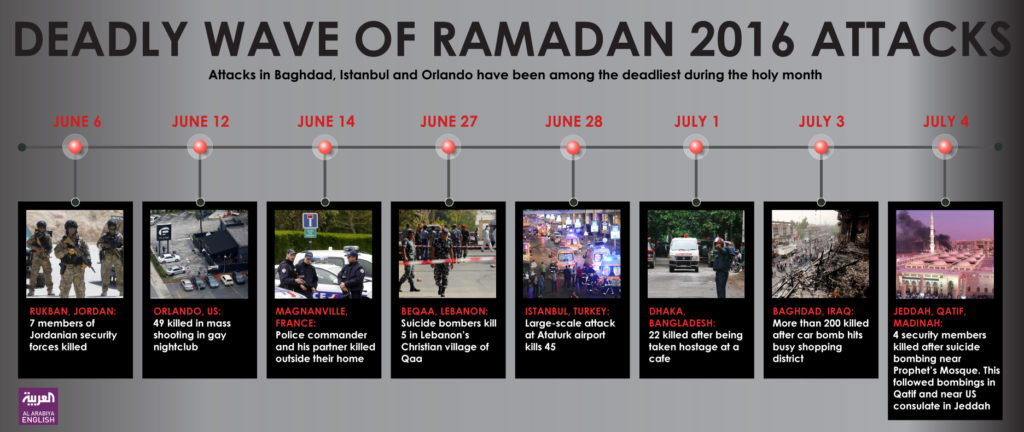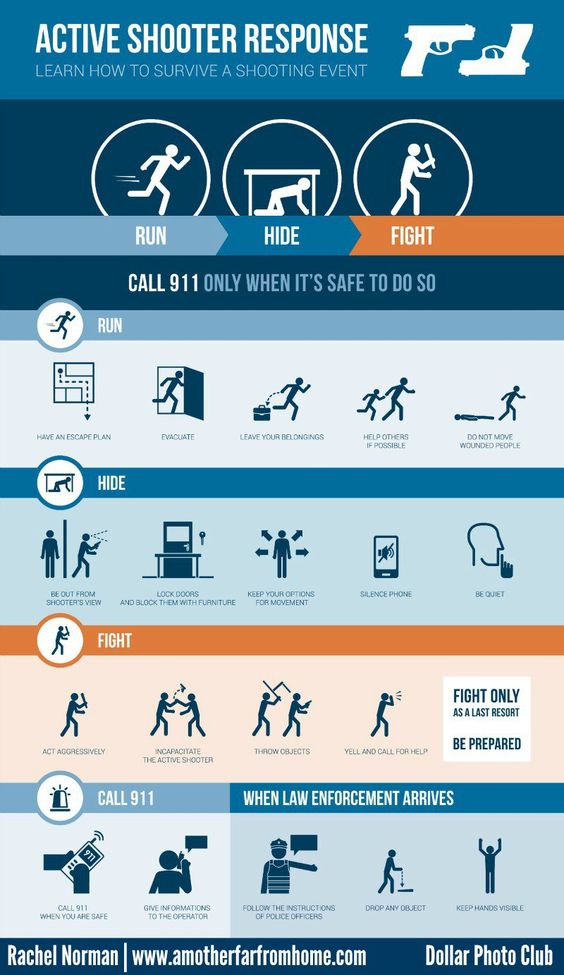 The annual celebration of Ramadan, the Islamic month of fasting, is one of the most important events on the Muslim calendar.
The annual celebration of Ramadan, the Islamic month of fasting, is one of the most important events on the Muslim calendar.
Sadly, it is also one of the most important times for radicalized Islamic terrorists as well. There is always an increase in terrorist activity, because according to Muslim beliefs, there is an increased reward for those who are martyred or who die in a jihad.
Would you survive if caught in the middle?
In 2016, the total casualty count, both dead an injured, during Ramadan was 1,150, a horrifying number. But that number is nothing, compared to what the final casualty count will be for 2017. During the first half of the month, Islamic extremists accounted for 1,003 fatalities and 1,036 injuries.
Of course, the mainstream American media doesn’t bother covering this, as it sheds a poor light on the supposed “religion of peace.”
But the fact is real, regardless of any media cover-up. That is made easier by the fact that not one of the 73 attacks happened on US soil and only three happened in Europe, one in London, one in Paris, and the other in Germany.
The vast majority of these attacks happened in Muslim controlled countries or countries with a strong Muslim population. As President Trump noted in his speech in Saudi Arabia, Muslims themselves are the biggest victim of Muslim terrorism, all the more reason for them to join the fight against extremism and terrorism. It is in their own best interest to curtail terrorism.
It is clear that Muslim terrorism is on the upswing. While the majority is still limited to the Muslim controlled countries themselves, Europe has seen an increase in both terrorism and general violence propagated by supposed Syrian “refugees.”
We too have seen a rise in Muslim violence here in the USA, although the statistics don’t back that up. During Obama’s presidency the FBI wasn’t allowed to record and report acts of Muslim terrorism as what they were.
So in many cases, killers yelling “Allah akbar” were recorded in the statistics as “workplace violence.” The mainstream media even tried to pin such events as the Orlando and San Bernardino shootings, which were clearly acts of terrorism, on conservatives.

Perhaps this is something that the new FBI director can get straightened out. It would be nice to see some accurate figures about terrorism in the United States, rather than allowing the liberals to have their talking point of there being a greater chance of being killed by a white supremist here in the USA, than being killed by a Muslim terrorist.
But even without those records being corrected, we all know that Muslim terrorism is on the rise. Therefore, it merely makes sense, from a survival point of view, to be ready to react to it, when it rears its ugly head. You and I may never find ourselves in the midst of a terrorist attack, but that’s no longer something that we can count on.
With that being the case, it is merely prudent to be ready for the eventuality of a terrorist attack taking place somewhere where we are. Attacks like the San Bernardino and Orlando shootings have shown us that the terrorists are no longer limiting themselves to big cities. Those were both cities of around a quarter million people, yet became sites of a couple of the most horrendous acts of terrorism in our country’s history.
So what should we do to help ensure that we don’t personally end up as nothing more than a terrorism statistic? There are a few important steps that we should take.
Click here to get your Green Beret’s Guide to combat shooting mastery & active shooter defense!
Be Aware
The most important single thing that any of us can do to avoid becoming a victim, not only of terrorism, but of crime, is to increase our awareness.
Few acts of terrorism happen without some preparation and the terrorists having to make an entrance on the scene. While the amount of time between their first appearing and the time they start trying to kill people may be short, there will be some time. That’s time in which you can detect them and begin to prepare your own defense.
Most people walk around totally unaware of what’s going on around them. If their face isn’t buried in their smartphone, it might as well be. They could walk right past someone they know, without even seeing them; let alone stopping to say hi.
We need to develop situational awareness, which really means nothing more than being aware of the situation we are in. We should be constantly looking around, with the intent of identifying possible threats. Once identified, we should watch those threats, to make sure that they don’t do anything untoward.
To start with, identify what is the norm in whatever location you find yourself in. What are the people like? How do they dress? How do they act? What noises are part of the background? How is traffic moving? What stands out? What’s hidden in the shadows? Where are likely avenues of arrival and departure? All this, and a whole lot more makes up the background atmosphere, wherever you are.
Knowing what the norm is, allows you to spot things that don’t look normal. The person wearing a winter coat, when everyone else is in shirtsleeves. The delivery van that is parked in the wrong place. A deliveryman carrying a flower box down the street, without a delivery van in sight. Someone moving against the flow of traffic. Workers in uniform who aren’t working on anything.
Anything out of the ordinary can indicate danger. It may not, but it definitely deserves further study and even investigation. Don’t assume that it’s safe, unless you have some empirical evidence to back that up. Assume that there is a risk out there and try to spot it.
Avoid Target Areas
Even though terrorists aren’t limiting themselves to large cities, they still want to make a splash when they go loud. They aren’t going to try and so something in the shadows, but rather in the spotlight. They want to hit as many targets as they can and they want as many witnesses to the act as they can get.
Therefore, they are going to do their acts of terrorism in places where there is a crowd to use as both victims and an audience. They’re also going to try and pick a target that’s going to arouse the ire of their target population.
We can see this in the Orlando, Florida shooting, where the killer picked a gay nightclub for their attack. In doing so, they ensured national attention and a little extra outcry from both the gay population and liberals in general.
Granted, it’s more or less impossible to live our lives, while always avoiding potential target areas. We all need to go shopping, to church, to entertainment and sporting events, and take our kids to school.
But we should recognize those areas as what they are, potential targets. Therefore, we can’t let our guard down when we are there, but rather need to be more aware and more ready to respond to a potential attack.
Always Carry
If you don’t have a concealed carry license, you should get one. While some terrorists use knives and trucks, most today are using guns. Defending yourself against a gun, or even against a knife, without your own gun to use, is risky at best.
Most states now have a Shall Issue policy towards concealed carry licenses, and more and more states are moving towards Constitutional Carry. So, chances are, you can get a license to carry in the state where you live.
You’ll probably need to attend a class, will need to undergo a background check and there will be fee to pay. But once you do, you will have the legal right to carry the necessary tool to defend yourself.
That doesn’t mean you’ll have the right to brandish a gun in people’s faces when road rage kicks in or that you have any more of a right to shoot a bad guy than anyone else does. But then, it’s a principle of American law that you can kill in self-defense. If shooting a terrorist who is actively engaged in an act of terrorism isn’t self-defense, I don’t know what is.
But let me add a couple of notes of caution here. First of all, you will probably be outgunned, even if you are carrying a gun. Chances are, terrorists are going to use a rifle, not a pistol. That means they will have more range, more accuracy and more rounds to shoot. Those rounds will do more damage as well, passing through walls, the body of your car and even Kevlar body armor.
So you don’t want to do a John Wayne and just stand up and expect to hit them in the eye with your first shot. Learn to shoot from cover and to identify what will make good cover. Choose a handgun which will give you a reasonable chance of success; and carry extra magazines.
I personally carry a .45 caliber semi-automatic pistol, with two spare magazines. That’s a fair amount of extra weight and bulk to carry on my body, every day of my life. But as far as I’m concerned, it’s merely a minimum amount of firepower. Should I actually get into a firefight with a terrorist or two, that’s not going to be enough.
Another thing you might want to consider is carrying more firepower in your car, in addition to what you are carrying on your person. I haven’t done so yet, but I’ve considered keeping an AR-15 in the trunk of my car.
The area in which I live is a known transit point for terrorists entering the country, so I feel the risk of terrorism is fairly high. Granted, most will want to move farther into the country before doing anything, but if they feel a threat, they could let go right here in my area. In that case, having that AR-15 in my car might make the difference, assuming I could get to it.

Get Trained
Owning a gun or even carrying a gun isn’t enough. You’ve got to work on becoming competent with it.
Most shooters who don’t shoot very often can only hold their shots to a 6 inch group or larger. What that means is that when they are caught in an active shooter situation the adrenaline coursing through their veins is going to turn that 6 inch group into about a 30 inch group.
In other words, chances are more likely they will miss their target, rather than hit it.
This happens to everyone, no matter how good you can shoot. The difference is, if you can shoot a 4 inch group, it will turn into a 20 inch one. If you can shoot a 2 inch group, it will turn into a 10 inch one. If you can shoot a 1 inch group, it will turn into a 5 inch one. The better you are when shooting at a target, the better you’ll be able to be shooting for real.
But just shooting at a fixed target isn’t enough. You also need to get involved in some tactical training. That means shooting in a tactical (real life) situation.
Most shooting ranges offer some tactical shooting events, allowing you the opportunity to try them out and get some more realistic training.
The main difference between these tactical shooting events and normal shooting is that you would be shooting at silhouette targets, set up to be a life-like scenario. There will be several targets, at different ranges and different angles. Some might be partially hidden or moving.
You might also be required to move or to shoot from behind an obstacle. Finally, you will shooting against the clock, with only one shooter at a time. That clock does a pretty good job of imitating the stress of a real situation.
Have an Escape Planned
Regardless of who you are or where you are when a terrorist goes loud, your first priority is to save your own life. Your second is to protect your family. Shooting may be a part of that, but running might be as well.
Discretion is still the better part of valor, so knowing when it’s time to fight and when it’s time to run is important. Don’t put your family at risk, trying to be a hero.
Everywhere you go, look around to see the available avenues of escape. If possible, check doors to make sure that they are unlocked. Plan out how you will get yourself and your family out, if you are forced to do so.
Having a plan for how you will escape, when everyone else is running around like a chicken with their head cut off, may just be what you need to have, in order to be counted amongst the survivors.
I make it a habit of quickly thinking through a plan of action, everywhere I go. That way, if someone comes in shooting, either a terrorist or a criminal, I have something to fall back on. Is that paranoid? No, it’s prudent. I don’t dwell on the possibility, I just create a plan A and a plan B. Plan A is to shoot and plan B is to flee.
A major part of plan A is to select a good place to shoot from, so that I can hit the bad guys, without hitting any innocent bystanders. Some places, especially crowded ones, make it difficult to shoot safely. There was a man with a concealed carry license in the mass shooting at the Batman Premiere. He never drew his gun, because of the crowd and the confusion. He recognized that his chances of hitting the shooter, without hitting anyone else, were minimal.
A major part of plan B is always using my gun to protect myself and my family, as we flee. Just because I’m running doesn’t mean I’m leaving my gun in the holster. I may start my escape plan, but not be able to make it all the way. Perhaps the shooter has someone stationed outside that door. I need to be ready.
To Conclude
Following these five steps will not guarantee that you’ll get out of a terrorist situation. A lot will depend on what the terrorists do and how you respond to it. Your training will be a factor as will the actions of the other people who are there.
But it will do one thing. That’s to increase your chances of survival, by giving you a chance to fight back. Regardless of how good a chance that is, it’s one worth taking.
Because the alternative, if you can’t fight back, is to be nothing more than a lamb led to the slaughter.
Learn from the experts the secret of self-defense. Click the banner below to grab your guide!

This article has been written by Bill White for Survivopedia.
from Survivopedia
Don't forget to visit the store and pick up some gear at
The COR Outfitters. How prepared are you for emergencies?
#SurvivalFirestarter #SurvivalBugOutBackpack #PrepperSurvivalPack #SHTFGear #SHTFBag





 “World War I was a long war that brought hunger and starvation to Europe. Agriculture was disrupted and commercial food production plummeted. The United States greatly increased shipments of food to Europe to help feed the troops and starving civilians. Food shortages were felt in the US, as they sacrificed to meet the growing food shortages, Americans learned to be careful with food and to make do with much less. We learned that war does not have to be fought in your homeland to affect you and your family. Here are a few more of the important lessons to be learned from World War I.”
“World War I was a long war that brought hunger and starvation to Europe. Agriculture was disrupted and commercial food production plummeted. The United States greatly increased shipments of food to Europe to help feed the troops and starving civilians. Food shortages were felt in the US, as they sacrificed to meet the growing food shortages, Americans learned to be careful with food and to make do with much less. We learned that war does not have to be fought in your homeland to affect you and your family. Here are a few more of the important lessons to be learned from World War I.”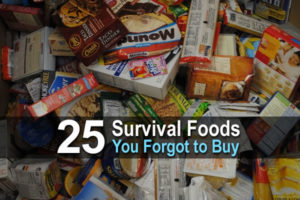 often overlooked.
often overlooked. “Do you sometimes wonder why you need to store the right food storage for your family? It’s a little overwhelming, right? Should I buy freeze-dried, dehydrated or what? Do you remember when you were growing up and our parents had a few 50-pound or 100-pound cans filled with powdered milk, beans, and sugar? Ours were shiny green.”
“Do you sometimes wonder why you need to store the right food storage for your family? It’s a little overwhelming, right? Should I buy freeze-dried, dehydrated or what? Do you remember when you were growing up and our parents had a few 50-pound or 100-pound cans filled with powdered milk, beans, and sugar? Ours were shiny green.”




 Homesteading is most definitely a way of life, but there’s no rule book that says that you have to live on a ranch to do it.
Homesteading is most definitely a way of life, but there’s no rule book that says that you have to live on a ranch to do it.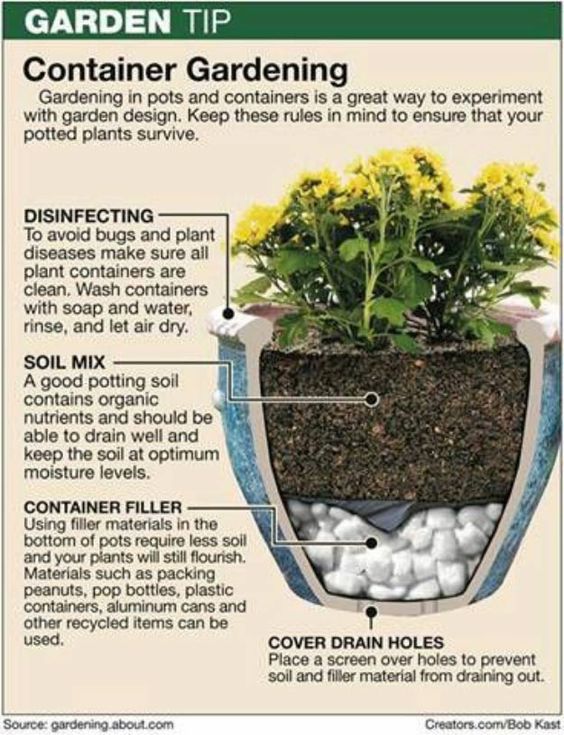




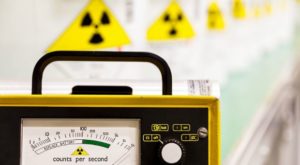 As ISIS continues to move into Europe and Asiatic countries, they will gain access to materials that emit ionizing radiation. Aging nuclear power plants, aging missiles, and radioactive dumps all pose a threat to our health and well being without even being in the hands of an enemy nation or terrorist group.
As ISIS continues to move into Europe and Asiatic countries, they will gain access to materials that emit ionizing radiation. Aging nuclear power plants, aging missiles, and radioactive dumps all pose a threat to our health and well being without even being in the hands of an enemy nation or terrorist group.
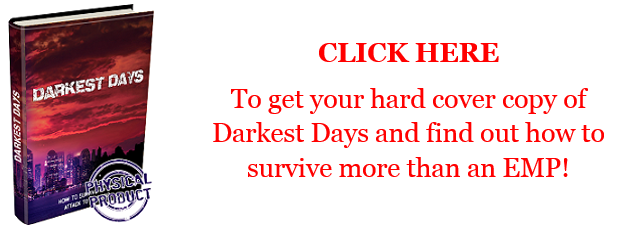


 The annual celebration of Ramadan, the Islamic month of fasting, is one of the most important events on the Muslim calendar.
The annual celebration of Ramadan, the Islamic month of fasting, is one of the most important events on the Muslim calendar.